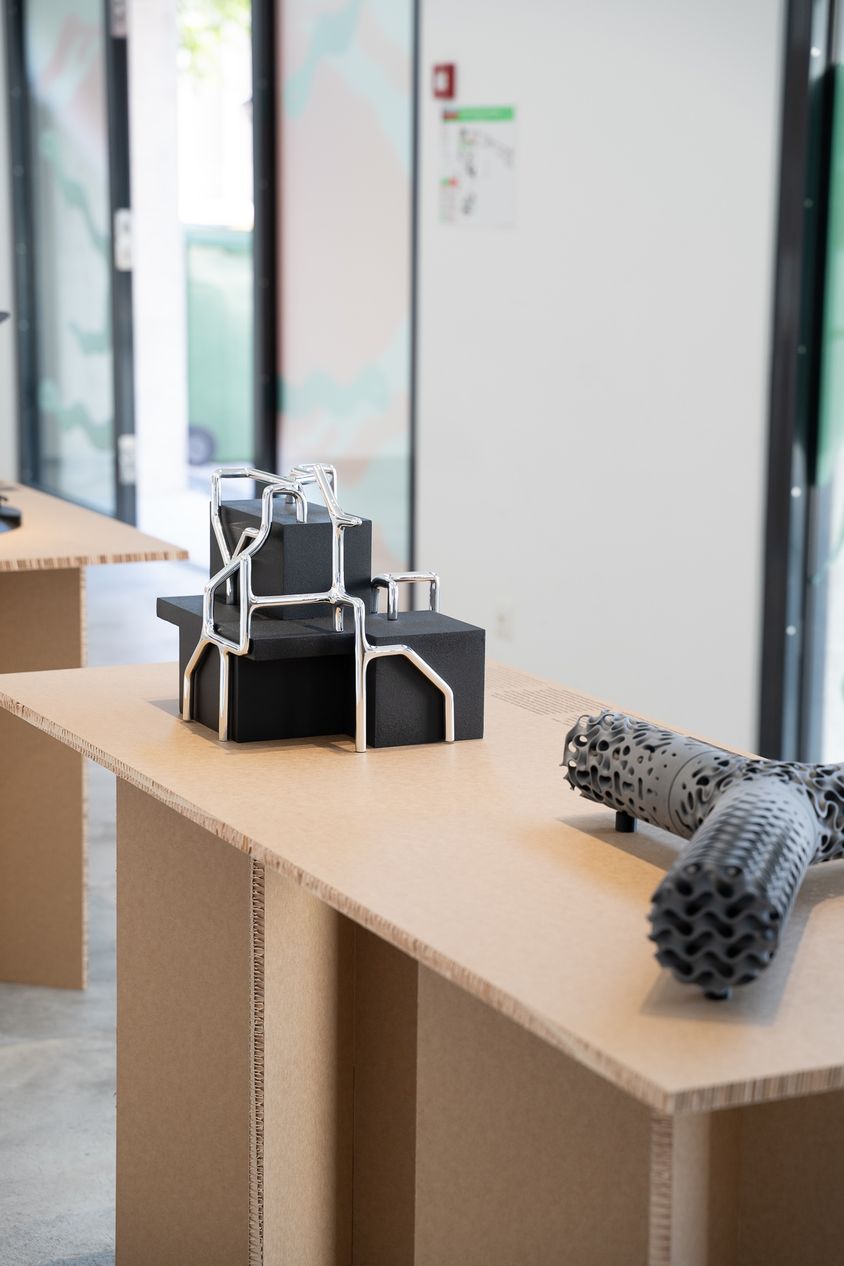Solar Fuels
Every year, fossil fuel consumption reaches record levels, threatening the climate, health and biodiversity due to air, water and soil pollution. Economic and geopolitical risks are also induced by this consumption. Transitioning to a post-fossil fuel era requires reducing energy consumption, adopting renewable energy sources for all energy services, and moving away from petrochemicals. However, due to a lack of viable alternatives, some industries continue to rely heavily on fossil fuels.
This project, supported by the Agora program of the Swiss National Science Foundation, explores solar fuels and materials, a promising alternative in areas where electrification falls short. It highlights innovations from the LRESE laboratory at EPFL, where these fuels and materials are synthesized directly from sunlight. In parallel, ZHdK's Industrial Design program presents speculative scenarios that investigate new relationships and interactions with resources and energy, imagining how design can shape our engagement with emerging energy technologies.
Why do we use
Global demand im 2023
8687 Mt, 2.5% annual growth
Formation
Hundreds of millions years
Coal is formed from the decomposition of terrestrial vegetation, such as trees and plants, in swampy environments. The vegetation is progressively transformed into peat, into lignite, then into bituminous coal, and finally into anthracite under the efect of pressure and heat.
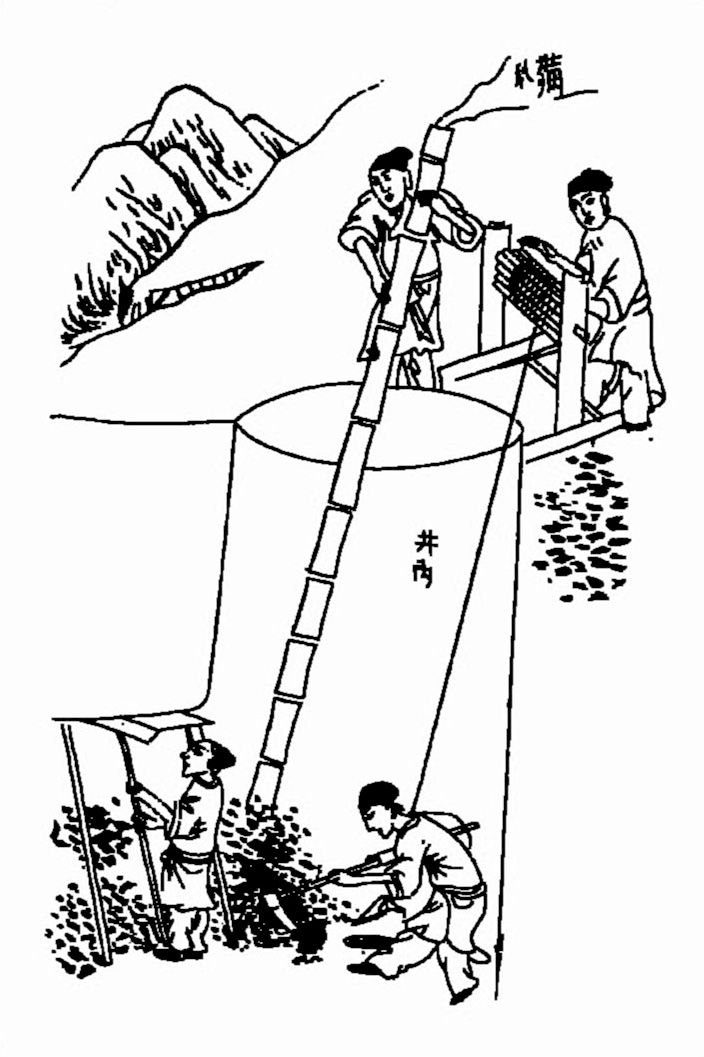
Both in ancient Rome and China (from the fourth century onwards), coal was used for heating.
The Romans used fossil coal in certain transformation processes, particularly for producing lime.
Fossil coal was mined for artisanal uses, particularly in metallurgy, locally whre it replaced carcoal.
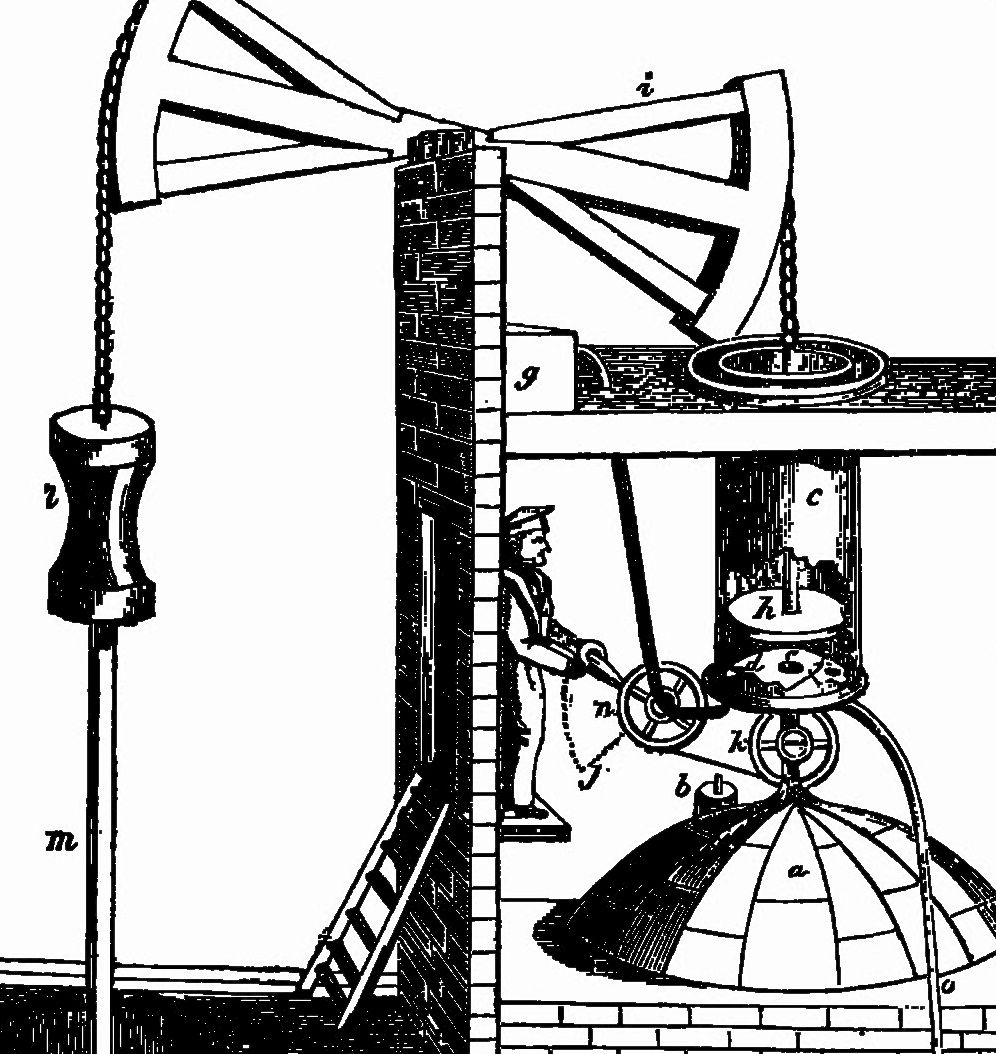
Thomas Newcomen
First piston steam engine for pumping water from coal mines.
James Watt
Major improvement of steam engines. More powerful and economical, they were used in textile industry and metallurgy
Coke
Produced from bituminous coal in oxygen-free furnaces, it facilitated the production of iron and steel, essential for machinery and infrastructure.
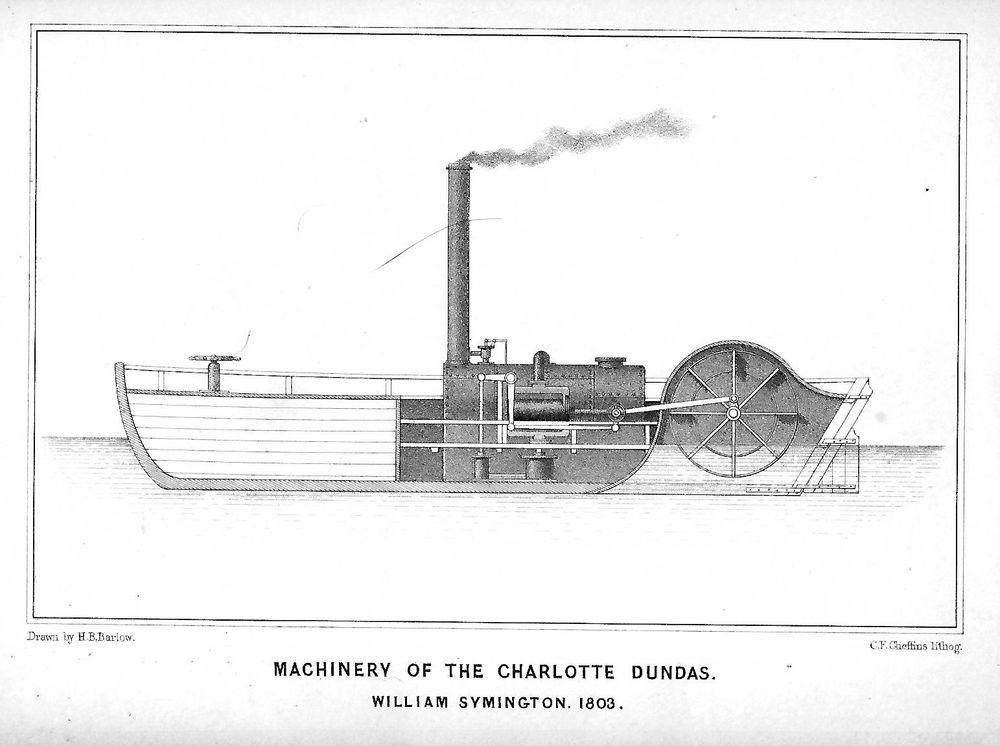
William Symington
Charlotte Dundas, the first steamboat using fossil fuel.
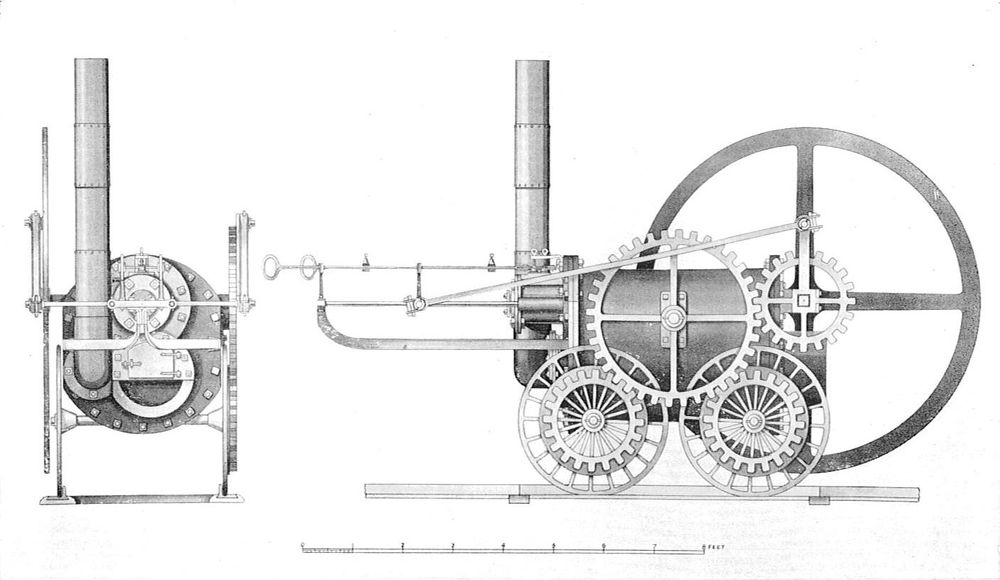
Richard Trevithick
Penydarren, the first functionnal steam locomotive, transported iron on a railway in Wales.
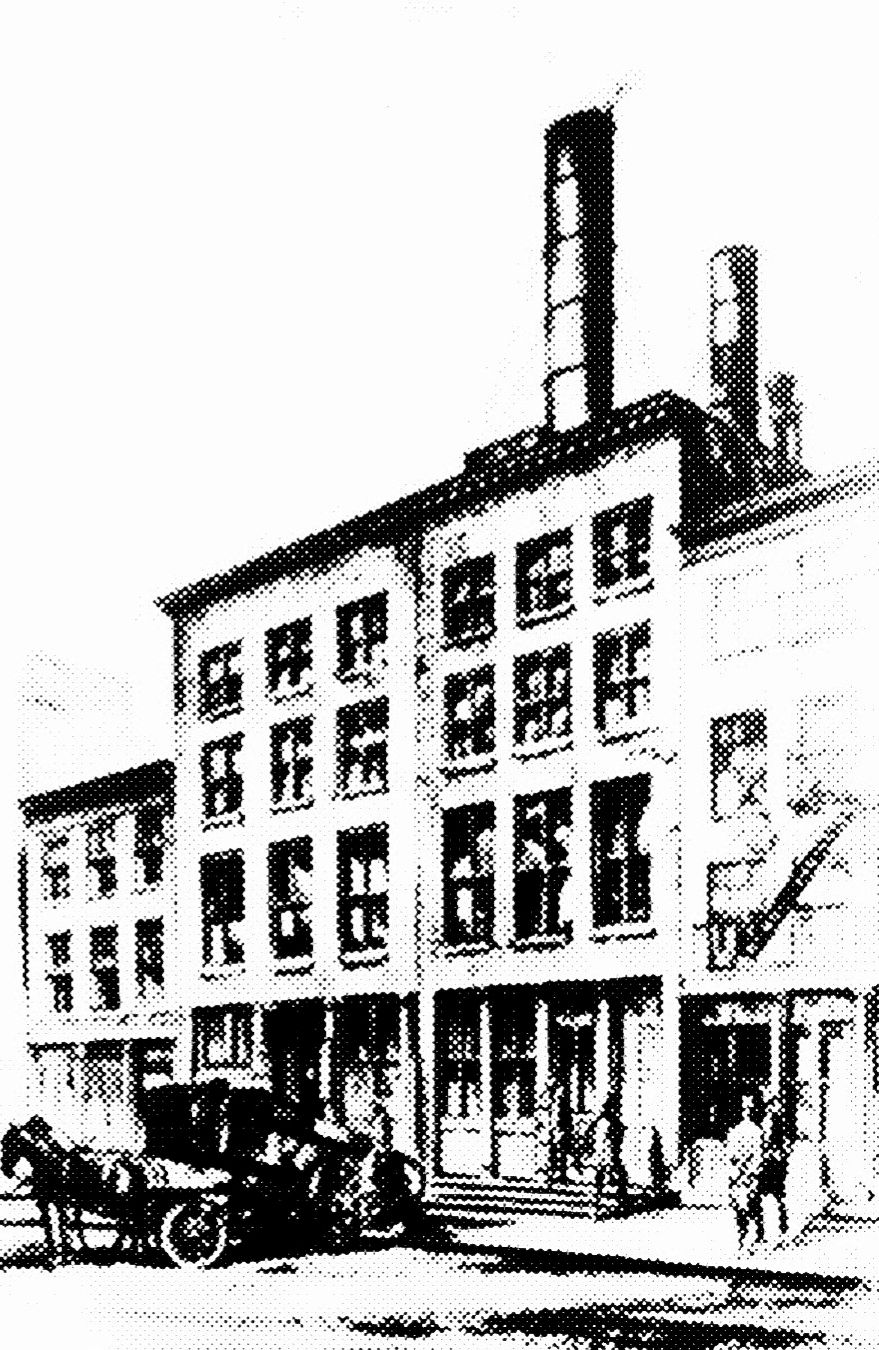
Thomas Edison
La Pearl Street Station, première station éléctrique, aliment l'éclairage électrique des bureaux du New York Times et d'autres bâtiments autour de Wall Street.
The inhabitants of present-day China used natural gas, called “well fire”, transported in bamboo pipes, to produce salt through seawater evaporation.
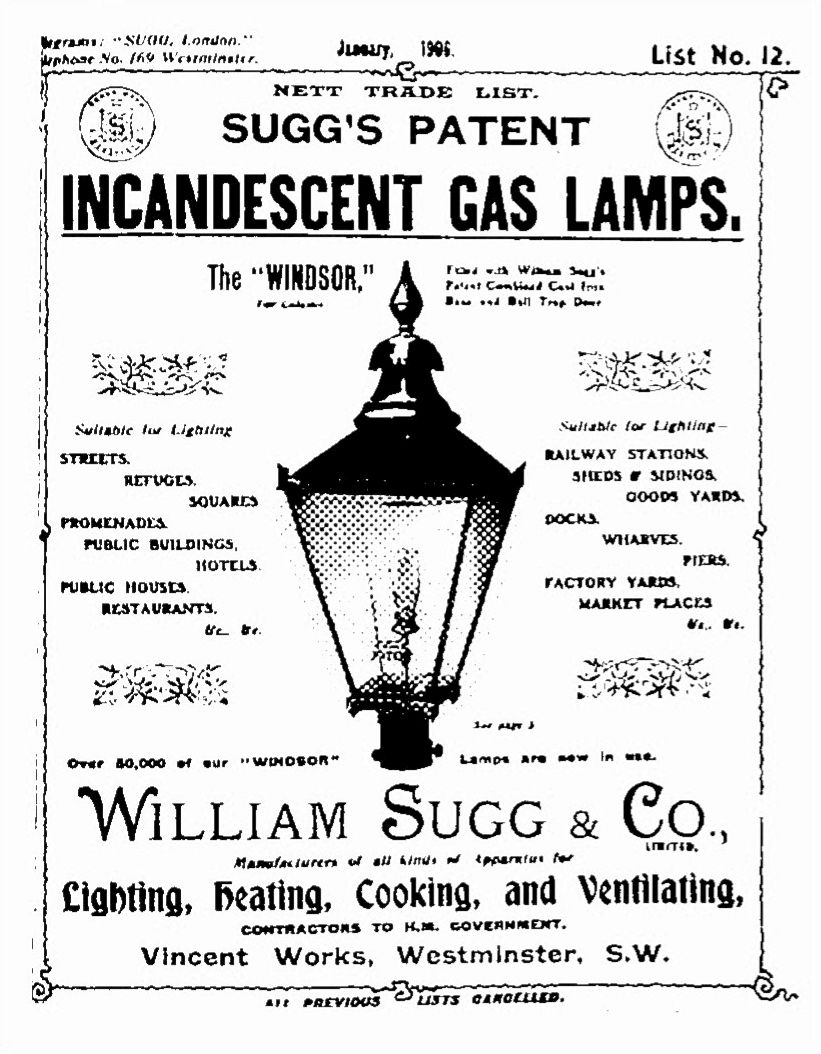
Philippe Lebon & William Murdoch
Production of gas through coal pyrolysis: this method was used for industrial, public, and eventually private lighting.
William Hart
First large-scale use of natural gas in New York to light the city and some offices following the (re)discovery of a natural gas well.
Natural gas displaced coal-derived gas as it has a calorific value twice as large and its combustion results in fewer particls, tar and sulfur compouds.
First commercialization of liquefied natural gas, accelerating consumption growth; previously, it was very difficult to transport.
Mesopotamians used oil obtained from natural seeps or by drilling as fuel for lighting. In China and Japan, “burning water” was used for lighting and heating.
The Mesopotamians and Native Americans used bitumen for caulking and its medicinal properties. The Egyptians used it for mummification and construction.

Al-Razi described the distillation process to produce lamp oil, which was used by the Byzantines and Venetians, particularly in Greeg fire”, to set enemy ships ablaze.
George Bissell & Jonathan Eveleth
Pennsylvania petroleum, distilled to produce lamp oil, gradually replaced whale oil for lighting.
Benjamin Silliman
The distillation of petroleum yields various products, including tar, lubricants, naphtha, paint solvents, and gasoline, which was used as a stain remover.
Edwin Drake
Production of the first barrels of American petroleum in Titusville, Pennsylvania, United States.
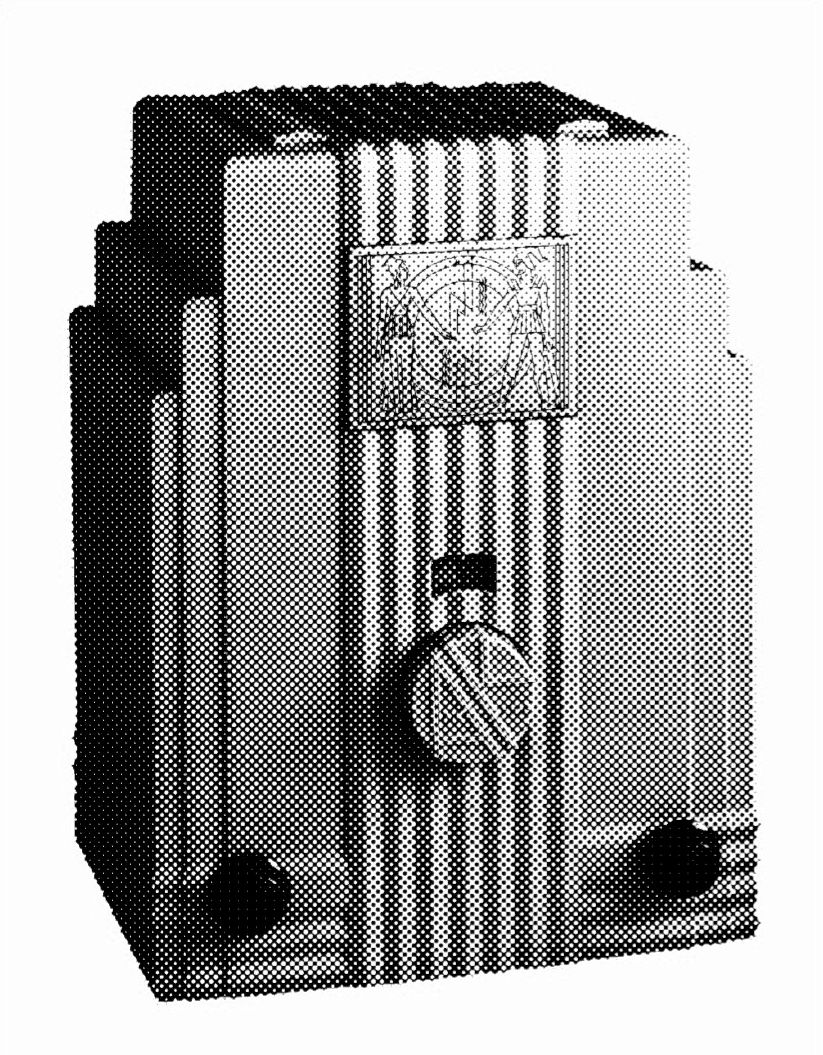
Leo Baekeland
Bakelite, the first fossil-derived plastic, is made from phenol combined with formaldehyde (synthesized from methanol, which comes from natural gas or coal).
Karl Benz
The first modern automobile: a tricycle equipped with an internal combustion engine running on gasoline, capable of reaching 16 km/h.

Henry Ford
Mass production of the Ford Model T, creating a large market for liquid fuels through the automobile industry. Petroleum became essential in the twentieth century.
Fischer-Tropsch
Discovery of SynFuel, a liquid fuel made from hydrogen and carbon monoxide. It was widely used by Nazi Germany, which, being isolated, produced it from coal.
Steam cracking produced the derivatives required to manufacture plastics and specialized products from natural gas or petroleum; the residues were used for asphalt.
Global demand in 2023
4010.2 billions of cubic meters, 0.02% annual growth
Formation
Ranging from several tens to hundreds of millions years
Natural gas is formed primarily from the decomposition of organic matter under the effect of heat and pressure (thermogenesis) or the action of microorganism (biogenesis). Once formed, natural gas migrates through layers of porous rocks until it is trapped beneath impermeable formations.

Both in ancient Rome and China (from the fourth century onwards), coal was used for heating.
The Romans used fossil coal in certain transformation processes, particularly for producing lime.
Fossil coal was mined for artisanal uses, particularly in metallurgy, locally whre it replaced carcoal.

Thomas Newcomen
First piston steam engine for pumping water from coal mines.
James Watt
Major improvement of steam engines. More powerful and economical, they were used in textile industry and metallurgy
Coke
Produced from bituminous coal in oxygen-free furnaces, it facilitated the production of iron and steel, essential for machinery and infrastructure.

William Symington
Charlotte Dundas, the first steamboat using fossil fuel.

Richard Trevithick
Penydarren, the first functionnal steam locomotive, transported iron on a railway in Wales.

Thomas Edison
La Pearl Street Station, première station éléctrique, aliment l'éclairage électrique des bureaux du New York Times et d'autres bâtiments autour de Wall Street.
The inhabitants of present-day China used natural gas, called “well fire”, transported in bamboo pipes, to produce salt through seawater evaporation.

Philippe Lebon & William Murdoch
Production of gas through coal pyrolysis: this method was used for industrial, public, and eventually private lighting.
William Hart
First large-scale use of natural gas in New York to light the city and some offices following the (re)discovery of a natural gas well.
Natural gas displaced coal-derived gas as it has a calorific value twice as large and its combustion results in fewer particls, tar and sulfur compouds.
First commercialization of liquefied natural gas, accelerating consumption growth; previously, it was very difficult to transport.
Mesopotamians used oil obtained from natural seeps or by drilling as fuel for lighting. In China and Japan, “burning water” was used for lighting and heating.
The Mesopotamians and Native Americans used bitumen for caulking and its medicinal properties. The Egyptians used it for mummification and construction.

Al-Razi described the distillation process to produce lamp oil, which was used by the Byzantines and Venetians, particularly in Greeg fire”, to set enemy ships ablaze.
George Bissell & Jonathan Eveleth
Pennsylvania petroleum, distilled to produce lamp oil, gradually replaced whale oil for lighting.
Benjamin Silliman
The distillation of petroleum yields various products, including tar, lubricants, naphtha, paint solvents, and gasoline, which was used as a stain remover.
Edwin Drake
Production of the first barrels of American petroleum in Titusville, Pennsylvania, United States.

Leo Baekeland
Bakelite, the first fossil-derived plastic, is made from phenol combined with formaldehyde (synthesized from methanol, which comes from natural gas or coal).
Karl Benz
The first modern automobile: a tricycle equipped with an internal combustion engine running on gasoline, capable of reaching 16 km/h.

Henry Ford
Mass production of the Ford Model T, creating a large market for liquid fuels through the automobile industry. Petroleum became essential in the twentieth century.
Fischer-Tropsch
Discovery of SynFuel, a liquid fuel made from hydrogen and carbon monoxide. It was widely used by Nazi Germany, which, being isolated, produced it from coal.
Steam cracking produced the derivatives required to manufacture plastics and specialized products from natural gas or petroleum; the residues were used for asphalt.
Global demand in 2023
102.21 millions of barels per day, 2.65% annual growth
Formation
Ranging from several tens to hundreds of millions years
Oil is formed from the decomposition of marine organic matter, primarily plankton and algae, in environments devoid of oxygen.
Benzene
C6H5CH3
Toluene
(CH3)2C6H3
Xylene

Both in ancient Rome and China (from the fourth century onwards), coal was used for heating.
The Romans used fossil coal in certain transformation processes, particularly for producing lime.
Fossil coal was mined for artisanal uses, particularly in metallurgy, locally whre it replaced carcoal.

Thomas Newcomen
First piston steam engine for pumping water from coal mines.
James Watt
Major improvement of steam engines. More powerful and economical, they were used in textile industry and metallurgy
Coke
Produced from bituminous coal in oxygen-free furnaces, it facilitated the production of iron and steel, essential for machinery and infrastructure.

William Symington
Charlotte Dundas, the first steamboat using fossil fuel.

Richard Trevithick
Penydarren, the first functionnal steam locomotive, transported iron on a railway in Wales.

Thomas Edison
La Pearl Street Station, première station éléctrique, aliment l'éclairage électrique des bureaux du New York Times et d'autres bâtiments autour de Wall Street.
The inhabitants of present-day China used natural gas, called “well fire”, transported in bamboo pipes, to produce salt through seawater evaporation.

Philippe Lebon & William Murdoch
Production of gas through coal pyrolysis: this method was used for industrial, public, and eventually private lighting.
William Hart
First large-scale use of natural gas in New York to light the city and some offices following the (re)discovery of a natural gas well.
Natural gas displaced coal-derived gas as it has a calorific value twice as large and its combustion results in fewer particls, tar and sulfur compouds.
First commercialization of liquefied natural gas, accelerating consumption growth; previously, it was very difficult to transport.
Mesopotamians used oil obtained from natural seeps or by drilling as fuel for lighting. In China and Japan, “burning water” was used for lighting and heating.
The Mesopotamians and Native Americans used bitumen for caulking and its medicinal properties. The Egyptians used it for mummification and construction.

Al-Razi described the distillation process to produce lamp oil, which was used by the Byzantines and Venetians, particularly in Greeg fire”, to set enemy ships ablaze.
George Bissell & Jonathan Eveleth
Pennsylvania petroleum, distilled to produce lamp oil, gradually replaced whale oil for lighting.
Benjamin Silliman
The distillation of petroleum yields various products, including tar, lubricants, naphtha, paint solvents, and gasoline, which was used as a stain remover.
Edwin Drake
Production of the first barrels of American petroleum in Titusville, Pennsylvania, United States.

Leo Baekeland
Bakelite, the first fossil-derived plastic, is made from phenol combined with formaldehyde (synthesized from methanol, which comes from natural gas or coal).
Karl Benz
The first modern automobile: a tricycle equipped with an internal combustion engine running on gasoline, capable of reaching 16 km/h.

Henry Ford
Mass production of the Ford Model T, creating a large market for liquid fuels through the automobile industry. Petroleum became essential in the twentieth century.
Fischer-Tropsch
Discovery of SynFuel, a liquid fuel made from hydrogen and carbon monoxide. It was widely used by Nazi Germany, which, being isolated, produced it from coal.
Steam cracking produced the derivatives required to manufacture plastics and specialized products from natural gas or petroleum; the residues were used for asphalt.
× STOP ×
How can we do it?
Significant competition with agricultural land and production complex

Water is split into hydrogen and oxygen. Electrolysis of CO2 is also possible, but still at the research stage.
Significant competition with agricultural land and production complex

Water is split into hydrogen and oxygen. Electrolysis of CO2 is also possible, but still at the research stage.
Significant competition with agricultural land and production complex

Water is split into hydrogen and oxygen. Electrolysis of CO2 is also possible, but still at the research stage.
Significant competition with agricultural land and production complex

Water is split into hydrogen and oxygen. Electrolysis of CO2 is also possible, but still at the research stage.
Significant competition with agricultural land and production complex

Water is split into hydrogen and oxygen. Electrolysis of CO2 is also possible, but still at the research stage.
Significant competition with agricultural land and production complex

Water is split into hydrogen and oxygen. Electrolysis of CO2 is also possible, but still at the research stage.
Significant competition with agricultural land and production complex

Water is split into hydrogen and oxygen. Electrolysis of CO2 is also possible, but still at the research stage.
Significant competition with agricultural land and production complex

Water is split into hydrogen and oxygen. Electrolysis of CO2 is also possible, but still at the research stage.
(e.g. electric furnaces, biomass instead of coke, hydrogen as a reducing agent) but still not widely implemented
Significant competition with agricultural land and production complex
Significant competition with agricultural land and production complex

Water is split into hydrogen and oxygen. Electrolysis of CO2 is also possible, but still at the research stage.
E.g. methanol synthesis, Haber-Bosch. Addition of N2 or CO2.
(e.g. electric furnaces, biomass instead of coke, hydrogen as a reducing agent) but still not widely implemented
Significant competition with agricultural land and production complex
Significant competition with agricultural land and production complex

Water is split into hydrogen and oxygen. Electrolysis of CO2 is also possible, but still at the research stage.
E.g. methanol synthesis, Haber-Bosch. Addition of N2 or CO2.

Water is split into hydrogen and oxygen. Electrolysis of CO2 is also possible, but still at the research stage.
E.g. methanol synthesis, Haber-Bosch. Addition of N2 or CO2.
Significant competition with agricultural land and production complex

Water is split into hydrogen and oxygen. Electrolysis of CO2 is also possible, but still at the research stage.
E.g. methanol synthesis, Haber-Bosch. Addition of N2 or CO2.

Water is split into hydrogen and oxygen. Electrolysis of CO2 is also possible, but still at the research stage.
E.g. methanol synthesis, Haber-Bosch. Addition of N2 or CO2.

a brief history of solar reflectors

Yang Sui
Yang Sui is the name of a concave mirror, also called Jin Shu because it was made of bronze. Confucius, in his description of life in China three thousand years ago, mentions that every son attached a bronze burning mirror to his belt to light the family fire at the end of a sunny day. The Yang Sui, measuring about eight centimeters in diameter, was as common then as matches are today.
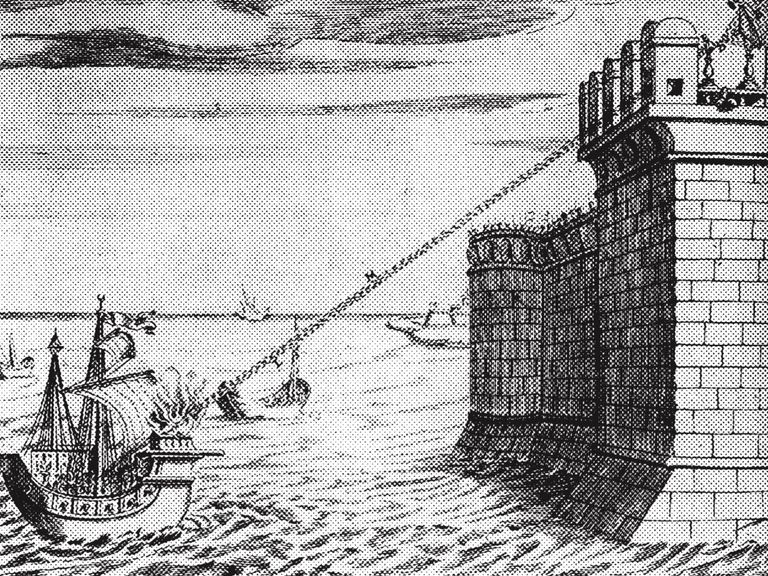
Archimedes
Legend has it that Archimedes used burning mirrors to set the Roman fleet on fire during the siege of Syracuse in 213-212 BCE. Historical evidence is far from conclusive. Modern experiments suggest that, under ideal conditions, the wood of these ships could have started to burn.

Augustin Mouchot
French inventor and pioneer in the field of solar energy, he notably designed a parabolic solar concentrator to heat water and produce steam. He used this steam to power a pump, thus demonstrating the mechanical application of solar energy. One of his solar concentrators was presented at the 1878 World’s Fair in Paris: It produced ice.

Maria Telkes
Maria Telkes, Hungarian and American inventor and solar energy pioneer, who later came to be known as the “Sun Queen,” invented a solar oven in 1959. The oven was designed for rural or less developed communities, to prepare any type of cuisine, and safe enough to be used by children. During the process of inventing this oven, she also developed a faster way for farmers to dry their crops.
How to manufacture solar fuels and materials?
Water and CO₂ are each split by a thermochemical process, driven by high-temperature heat (>1,500°C) produced using a parabolic dish that concentrates sunlight up to 2,000 to 3,000 times the usual intensity of the sun’s rays. This heat is captured by an absorbing material (metal oxide) that can reach temperatures of 1,500°C.


Water and CO₂ are each split by electrons and holes produced by solar light in a semiconducting material. Both concentrated and unconcentrated solar light work for this process. If concentrated light is used, the reactor can be smaller and more cost-competitive.
Light is concentrated by a parabolic concentrator to reach 1,000 times the intensity of usual sunrays. The concentrated light is captured by a semiconducting material (like a photovoltaic device) and converts the sunlight into charge carriers (electrons, e–, and holes, h+). The reactor temperature is kept below 100°C.

as feedstock for petro or argo.
e.g. Haber-Bosch or polymerization
What if it happens?

1×


5×


25×


1000×


25000×

How to manufacture solar fuels and materials?
The most visible element of a fuel is its container. The objects you see here are in common use and have become archetypes. The jerrycan, designed in the 1930s in Germany, derives its name from “Jerry,” the nickname given by British soldiers to their German counterparts during World War I. Robust, stackable, and easy to handle, it was widely used during World War II and continues to be a global standard.
Originally crafted from heavy metal in the nineteenth century, gas bottles have evolved into lighter and safer steel designs, facilitating rental use. They feature safety valves and color codes that indicate the inherent dangers of the gas. A distinctive odor is typically added to the gas, which is odorless in its natural state, to assist leak detection.
Now less familiar to the general public, coal remains very present in industry. For example, it is found in the form of bricks made from compressed coal dust.
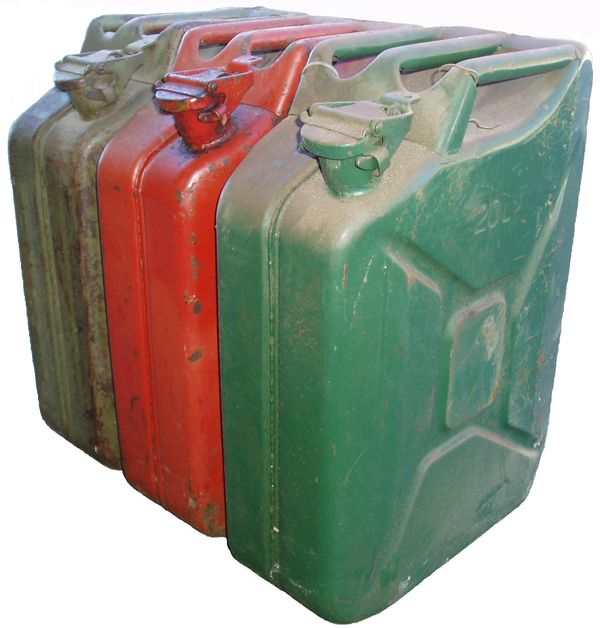
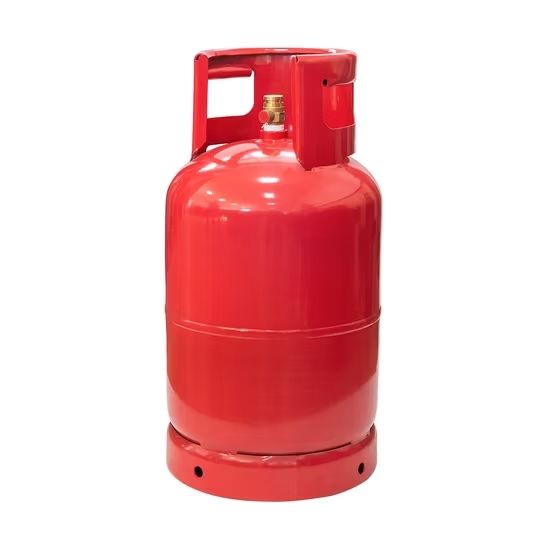
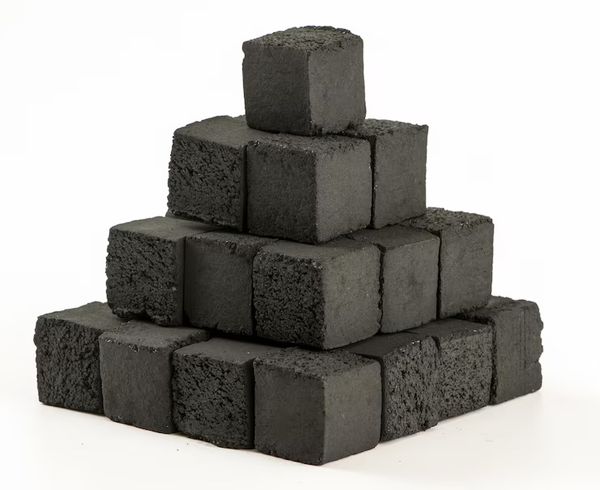
The hydrogen bottle
This bottle is not familiar to us. Industry employs this technical object to overcome a significant constraint: the low density of certain gases, particularly hydrogen. The latter only liquefies at the extreme temperature of -252.87 °C, which greatly complicates its storage and transport. To address this challenge, hydrogen bottles are designed to contain this gas under high pressure, typically between 350 and 700 bars. Hydrogen is flammable and explosive in air, hence the distinctive red color. Made from lightweight and durable composite materials, such as carbon fibers, they withstand high mechanical stress while minimizing weight.
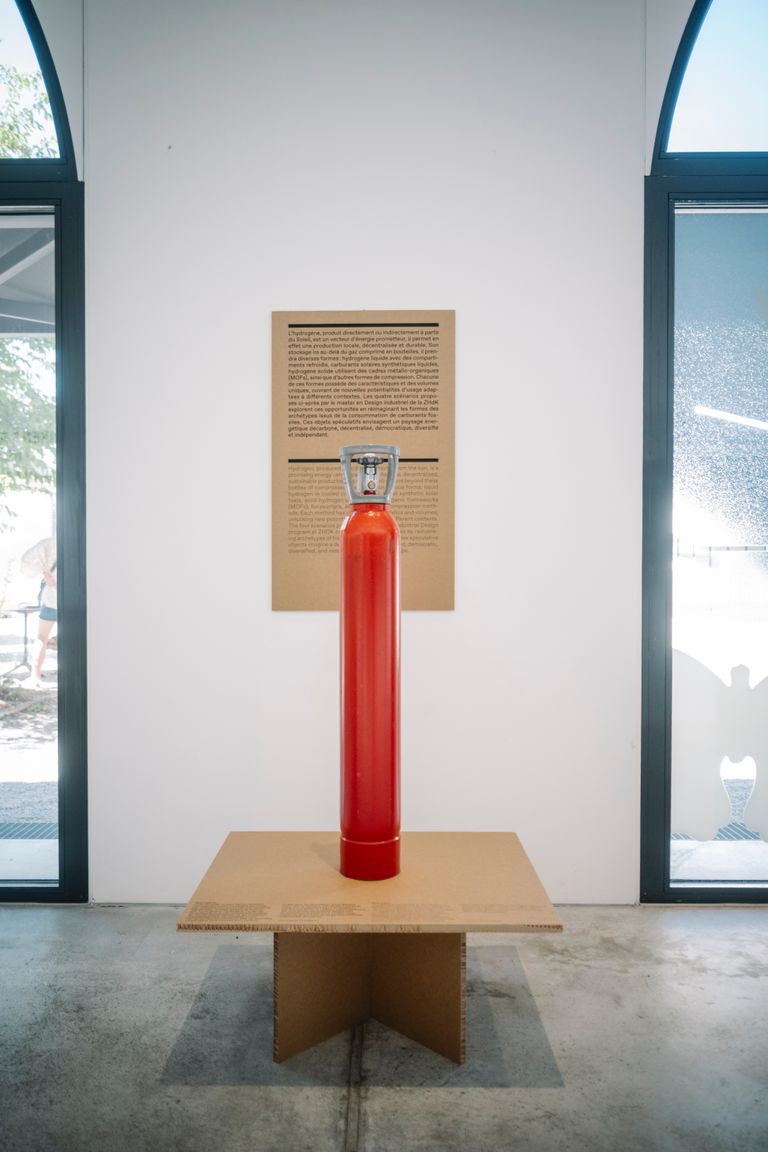
4 scenarios for solar fuel containers
Hydrogen, produced directly or indirectly from the sun, is a promising energy carrier, particularly for local, decentralized, sustainable production. Its storage will extend beyond these bottles of compressed gas, taking on various forms: liquid hydrogen in cooled compartments, liquid synthetic solar fuels, solid hydrogen utilizing metal-organic frameworks (MOFs), for example, as well as other compression methods. Each method has unique characteristics and volumes, unlocking new potential uses tailored to different contexts. The four scenarios proposed below by the Industrial Design program at ZHDK explore these opportunities by reinventing archetypes of fossil fuel consumption. These speculative objects imagine a decarbonized, decentralized, democratic, diversified, and independent energy landscape.
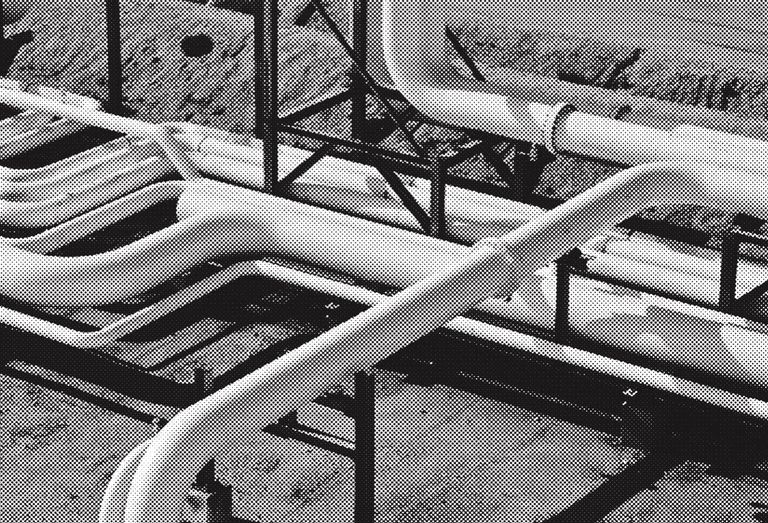
Pipelines


Drones

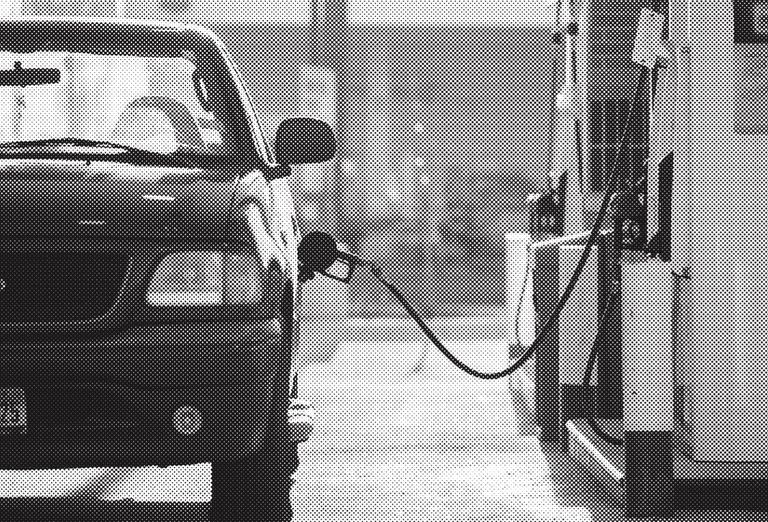
Hydrogen Station
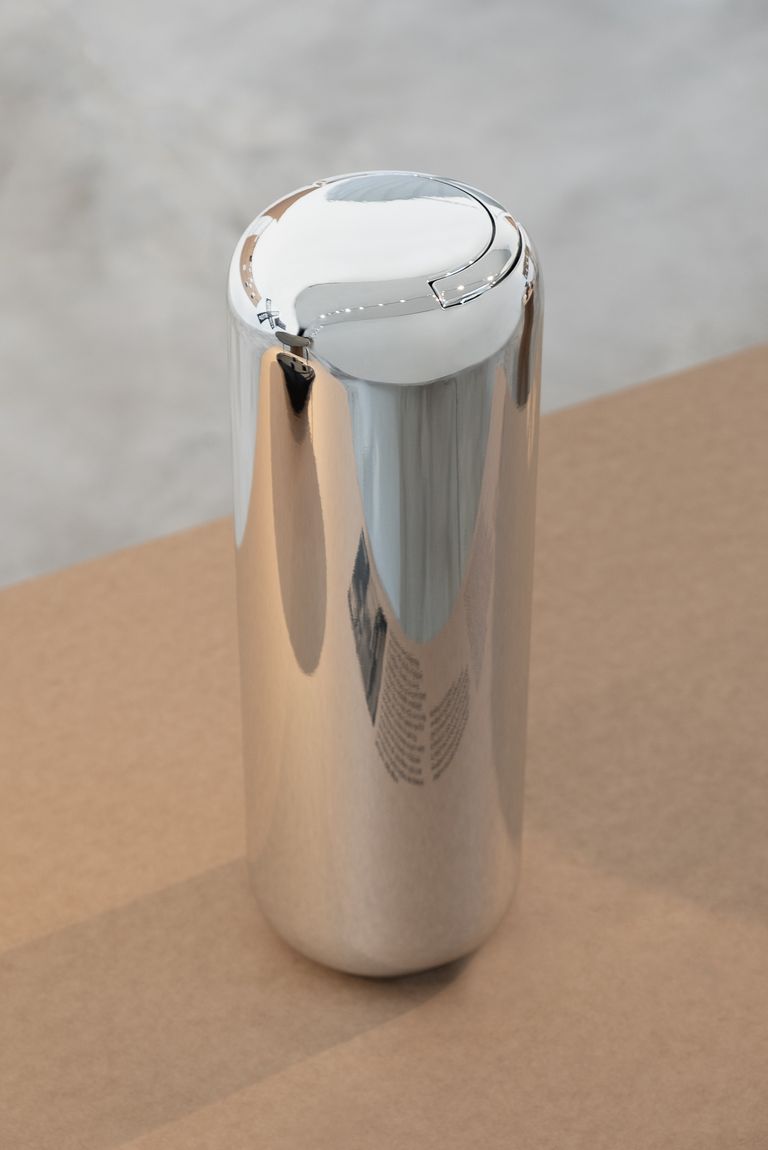
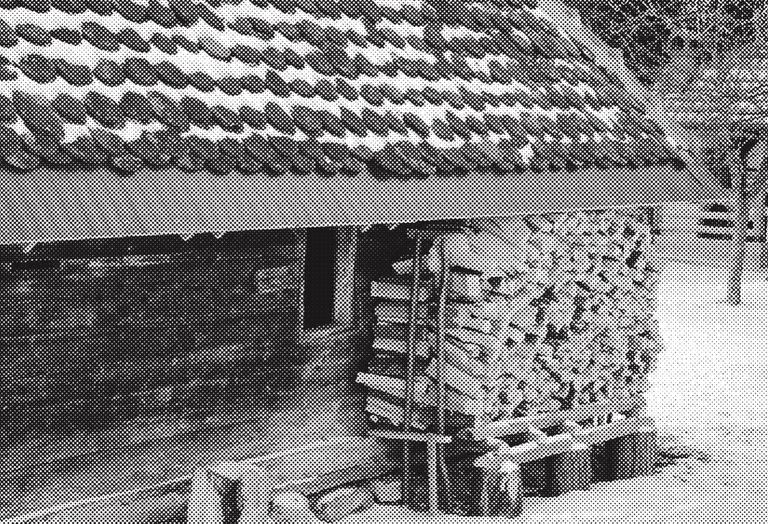
Pellets


- Exhibition curator: Scott Longfellow
- Steering Committee: Lukas Franciszkiewicz, Sophia Haussener, Jolanthe Kugler, Scott Longfellow, Julien Notter, WINT Design Lab
- Scientific research: Sophia Haussener – EPFL STI IGM LRESE
- Coordination: Romain Carré
- Graphic Design: Notter + Vigne (Julien Notter, Sébastien Vigne, Julien Savioz, Marke llic)
- Speculative Objects: Lukas Franciszkiewicz (ZHdK- Master & Research programme lndustrial Design) & WINT Design Lab (Robin Hoske, Felix Rasehorn) assisted by Finn Sauter, Julia Huhnholz
- Model making: David Zahner, Tim Frei
- Web Version: Stimul (David Mignot, Pierre Dumont)
Funded by the Swiss national science foundation
Ali images in the show belong to the public demain


